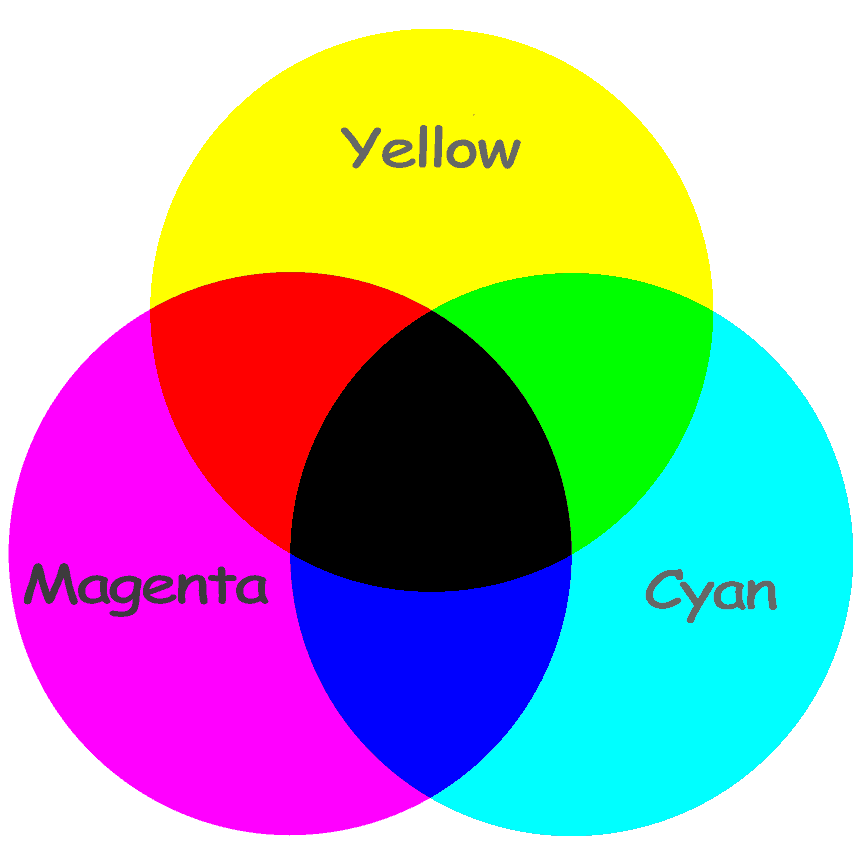Introduction
From the moment sunlight spills across our world, illuminating our existence with a vibrant tapestry of hues, we are surrounded by color. It permeates every aspect of our visual experience, from the azure expanse of the sky to the verdant leaves of trees and the myriad shades that paint the petals of countless flowers. Yet, beyond its aesthetic appeal, color wields a profound impact on our lives, affecting everything from our moods to our decision-making.

Image: www.mslwyo.com
At the heart of this colorful spectacle lies a fascinating scientific process that governs how our brains translate raw light energy into the vibrant perceptions we experience. This intricate process involves the interaction of light with specialized cells in our eyes, known as color receptors. These receptors are sensitive to different wavelengths of light, allowing us to perceive a vast spectrum of colors, from short-wavelength blues to long-wavelength reds.
The Role of Wavelength and Frequency
The wavelength of light is a crucial factor in determining its color. Shorter wavelengths translate to higher frequencies, while longer wavelengths correspond to lower frequencies. The visible spectrum, which encompasses the range of colors we can see, spans a wavelength range of approximately 400 to 700 nanometers (nm). Within this narrow band, different wavelengths correspond to different colors:
-
Violet: 400-420 nm
-
Blue: 420-490 nm
-
Green: 490-570 nm
-
Yellow: 570-590 nm
-
Orange: 590-620 nm
-
Red: 620-700 nm
Processing Color: A Sensory Journey
The journey of color begins when light, carrying its spectrum of wavelengths, enters our eyes. The cornea and lens of the eye focus this light onto the retina, a delicate membrane lined with millions of photoreceptor cells. These cells come in two main types: rods and cones. Rods, responsible for vision in dim light, are sensitive to overall light intensity and do not contribute to color vision.
Cones, on the other hand, play a vital role in our perception of color. There are three types of cones, each specializing in detecting a specific range of wavelengths and corresponding to different primary colors:
-
Short-wavelength (S) cones: Sensitive to blue light
-
Medium-wavelength (M) cones: Sensitive to green light
-
Long-wavelength (L) cones: Sensitive to red light
When light interacts with the retina, it is absorbed by these cones, triggering a cascade of electrochemical reactions that ultimately transmit signals to the brain. The relative activation of each cone type corresponds to the specific wavelength of light, allowing our brains to decode the color information.
The Speed of Color Perception
While the perception of color is remarkably rapid, it is not instantaneous.
After the absorption of light by the photoreceptors, there is a series of biochemical and electrical events that occur before the brain can process the color information. This includes the conversion of light energy into electrical signals, the transmission of these signals to the brain, and the interpretation of these signals by the visual cortex.
While the exact duration of this process varies among individuals and depending on factors such as lighting conditions and the specific color being observed, it is generally estimated that it takes approximately 100 milliseconds for the brain to fully process color information.

Image: www.shutterstock.com
Applications and Implications
The study of color processing has far-reaching implications in various scientific and practical fields.
How Long Does Color Take To Process
Conclusion
The processing of color is an intricate and rapid process that enables us to perceive the vibrant tapestry of the world around us. From the initial absorption of light by specialized cells in our eyes to the sophisticated interpretation of signals by our brains, the journey of color is a testament to the complexity and efficiency of human sensory perception. By understanding the science behind color processing, we not only gain a deeper appreciation for our visual world but also empower advancements in fields ranging from medicine to technology.







